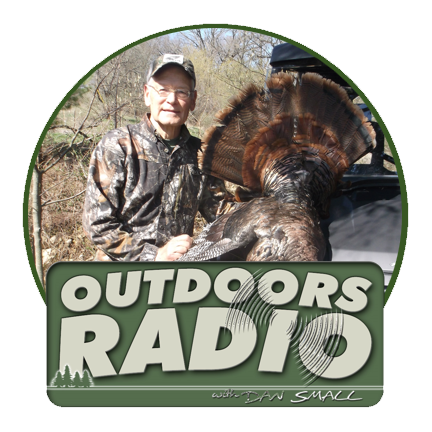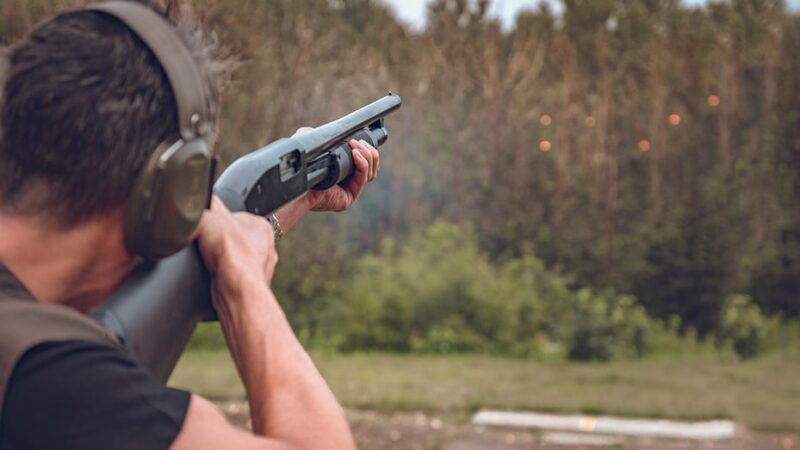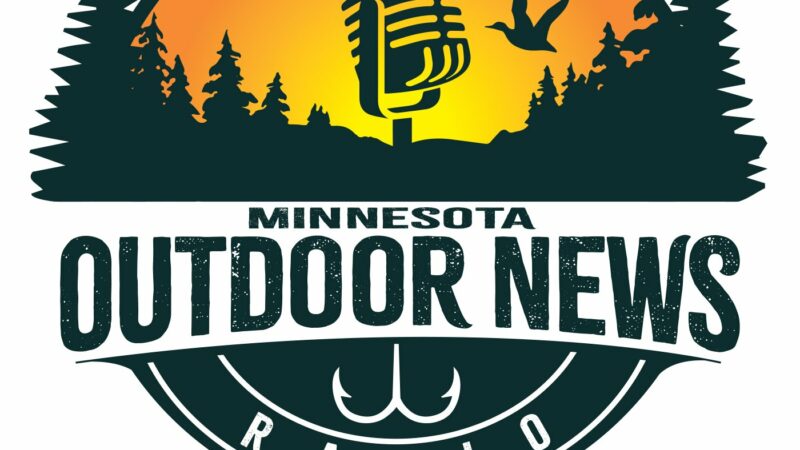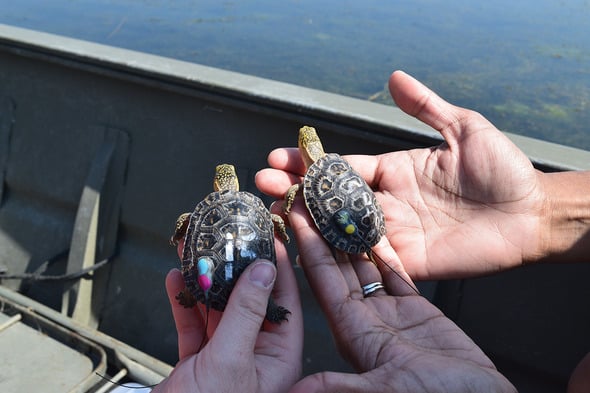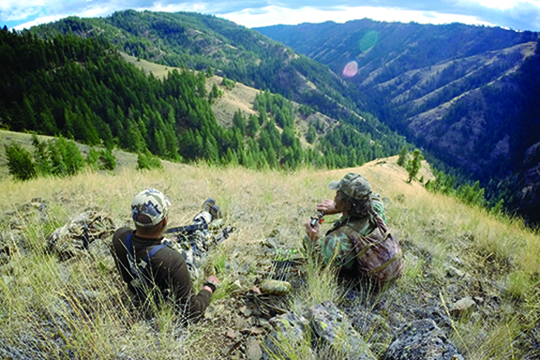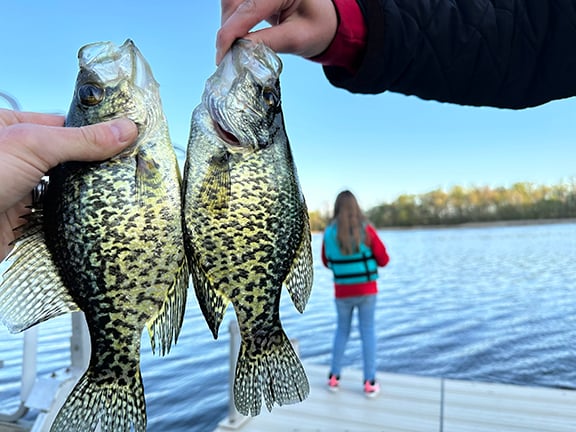Looking at the current status of bighorn sheep in North Dakota – Outdoor News
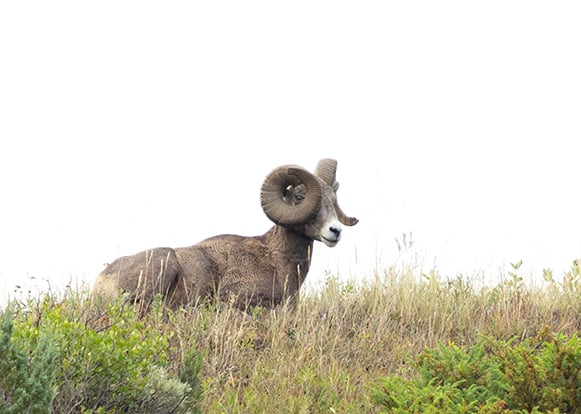
Big-game biologist Brett Weidmann is the North Dakota Game and Fish Department’s bighorn sheep guru and has forgotten more about bighorn sheep than most will ever know.
While Weidmann spends his share of time behind the screen and in the office, his work puts him into the old-fashioned role of a biologist. Monitoring, studying, researching and learning about one of North Dakota’s smallest populations but highest interest species.
Here’s what we do know about the 2025 status of bighorn sheep in North Dakota.
The latest numbers of North Dakota Game and Fish Department’s 2024 bighorn sheep survey, completed by recounting lambs in March, revealed a minimum of 350 bighorn sheep in the grasslands of western North Dakota, down 4% from 2023 and 6% above the five-year average. Despite a slight decrease from the record count in 2023, the 2024 survey was still the second highest count on record.
MORE COVERAGE FROM OUTDOOR NEWS:
Al Lindner: Flexibility, finesse, and the tools that saved a recent, wind-blown trip in North Dakota
A close look at the downward trend of available deer licenses for North Dakota gun hunters
Breaking down North Dakota’s hunting and fishing by the numbers
Altogether, biologists counted 105 rams, 199 ewes and 46 lambs. Not included are approximately 40 bighorn sheep in the North Unit of Theodore Roosevelt National Park and bighorns introduced to the Fort Berthold Indian Reservation in 2020.
Weidmann was pleased to see the population remained near record levels for the seventh consecutive year.
The northern badlands population declined by 4% from 2023 but was the second highest count on record. The southern badlands population increased slightly but remained near its lowest level since bighorns were reintroduced there in 1966.
“We were encouraged to see adult rams and adult ewes near record numbers,” Weidmann said. “The streak of four consecutive record counts was broken due to below-average lamb recruitment in 2024, as lambs recruited into the population declined 21% compared to 2023.”
Weidmann said the decline in lamb recruitment was likely not related to disease, but a combination of drought, predation and ewes recovering after several years of high lamb recruitment.
“Our state’s females have invested a lot of energy in rearing lambs the last four years, so sometimes they just need to take a break and concentrate on improving body condition,” he said.
Department biologists count and classify all bighorn sheep in late summer, and then recount lambs the following March, as they approach one year of age, to determine recruitment.
Currently, about 480 bighorns make up the populations managed by the North Dakota Game and Fish Department, National Park Service and the Three Affiliated Tribes Fish and Wildlife Division, just shy of the benchmark of 500 bighorns in the state.
A bighorn sheep hunting season is tentatively scheduled for 2025. The status of the season will be determined Sept. 1, following the summer population survey.
Game and Fish issued seven licenses in 2024, and all hunters were successful in harvesting a ram.
A history of bighorn sheep in North Dakota
Bighorn sheep were first recorded by the Lewis and Clark expedition in 1805 along the Yellowstone River in what is now North Dakota.
Later, John J. Audubon wrote about bighorn sheep and the frustrations of trying to hunt these rams in the 1840s. Theodore Roosevelt also hunted the badlands for bighorn sheep during his time spent in North Dakota.
From Roosevelt’s time in the 1880s, to the first decade of the 1900s, bighorn sheep in North Dakota did not fare so well. Nor did any of the other big game species that inhabited the state.
Bison, moose, elk and bighorn sheep were extirpated from the North Dakota landscape. White-tailed deer, mule deer and pronghorn numbers declined to a point where they faced an unknown future.
Nearly a half century after their extirpation from the state, bighorn sheep were reintroduced to North Dakota’s badlands with stock from British Columbia. In 1905, the last reported bighorn sheep was killed near Grassy Butte.
North Dakota did not have any wild sheep from that time until the mid-1950s, when state Game and Fish Department biologists transplanted bighorns from British Columbia to an area southwest of Grassy Butte.
It took another 20 years or so before the sheep population, through natural reproduction and further in-state and out-of-state transplants, expanded to the point where the Game and Fish Department could open a hunting season.

